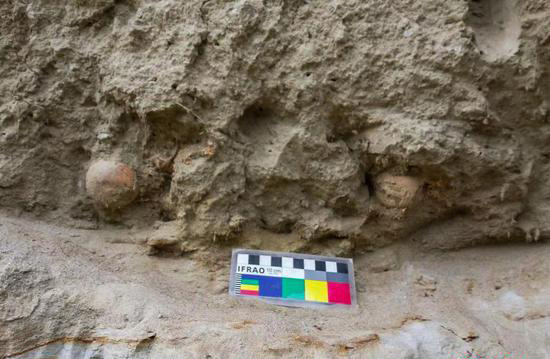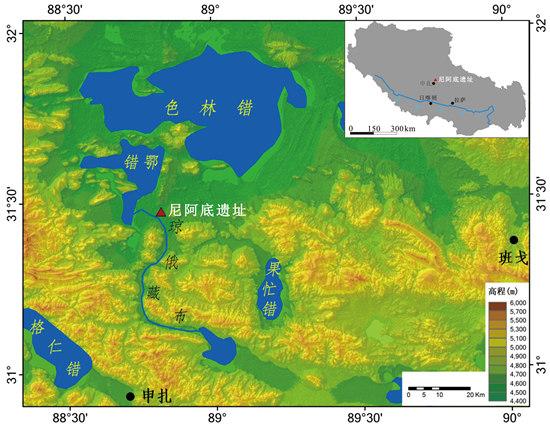2018 Gesar Research Journal officially published
On November 20, the Gesar Research Journal, which was founded by the northwest China's Qinghai Province "Epic of Gesar" Institute, officially published its 2018 issue.
Gesar is a literary masterpiece that tells the legendary story of the Tibetan hero King Gesar. It includes different aspects in the course of the Tibetan people's development through more than one million verses and more than 20 million words, which is larger than the sum of the world's five major epic poems, and its content continues to grow. In 2006, Chinese officials included the epic on the national-level intangible cultural heritage list, and in 2009, it was selected for the UNESCO's Representative List of the Intangible Cultural Heritage of Humanity.
According to reports, this publication is a platform for Tibetan and Chinese literature, presenting the latest achievements in Gesar studies through both illustrations and text. The journal contains more than 20 academic papers in Tibetan and Chinese on the subject of Gesar. It analyzes "Gesar" literary symbols, translations, compilations, performing artists, parts of the epic, and comparative studies between folk beliefs and "Gesar" folk beliefs through multiple academic disciplines and different approaches.
In addition, the Gesar Research Journal publication has also introduced the profound content of "Gesar" to readers, fully demonstrating the colorful cultural features of the snowy plateau.
Editor: Tommy Tan.
Tibet Stories

A family of three generations stick to inheritance of Tibetan opera
The Tibetan opera, an intangible cultural heritage in Tibet, originated in the 14th century....






